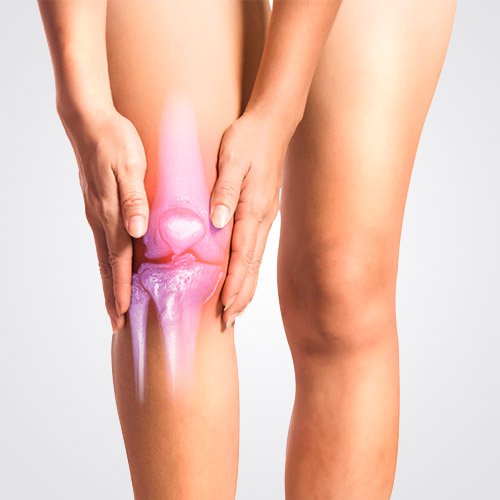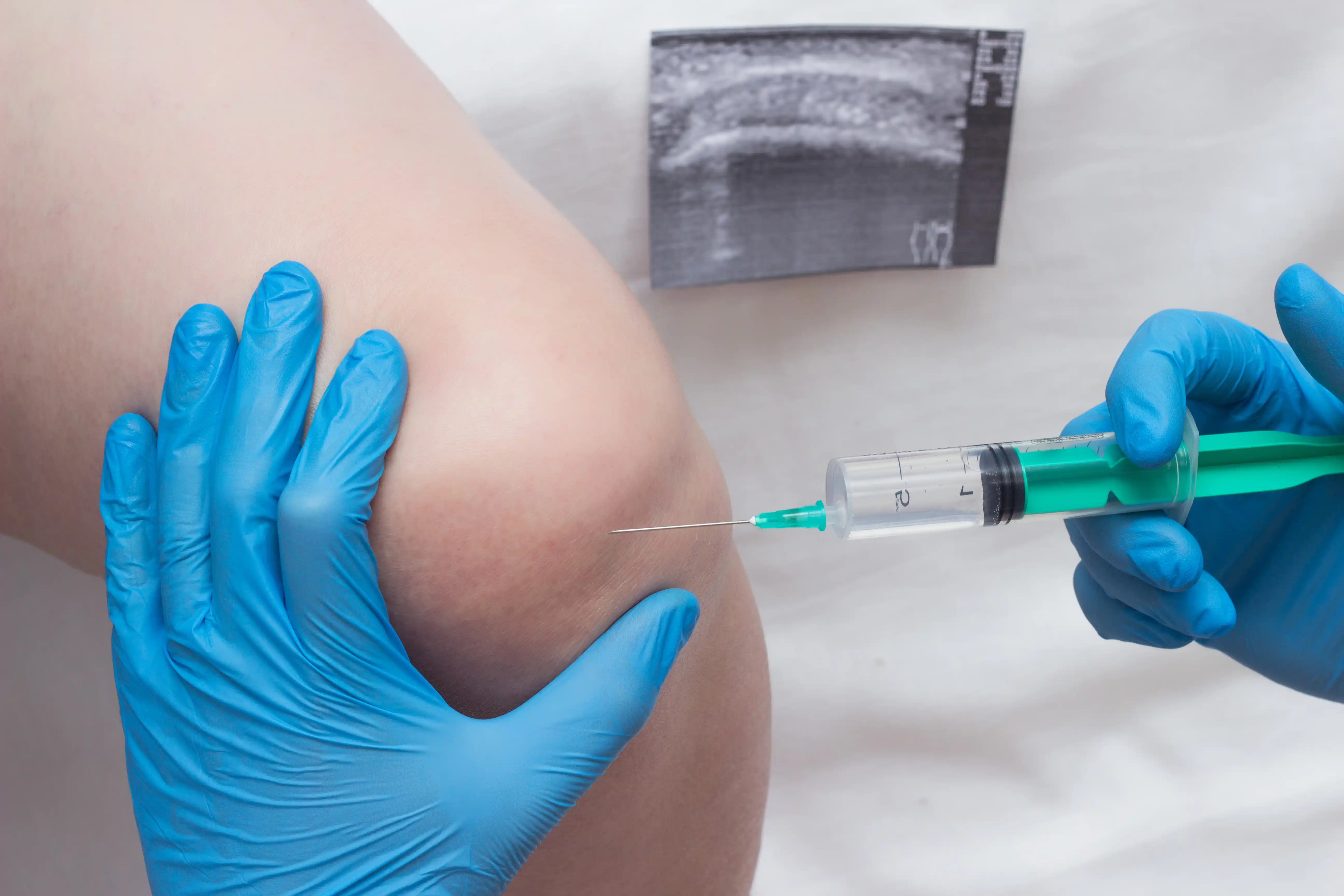Knee Cartilage Regeneration in Pittsburgh, PA
Cartilage is a strong, durable, flexible tissue that holds many of your most important body parts together. This includes your joints in a wide variety of places in the body, including in the knees, elbows, and more. When this cartilage deteriorates in these places, you can begin to experience severe pain and a debilitating loss of your range of motion.
When cartilage deterioration strikes, you may lose the ability to perform daily tasks, from the recreational physical activities you love to the everyday chores you have to complete to get through each day. If your condition becomes severe enough, you may even begin having difficulty tending to your own basic needs.
At Greater Pittsburgh Orthopaedic Associates, we never want to see our patients lose their independence, dignity and quality of life due to cartilage deterioration. That’s why we offer cartilage repair and restoration as a highly-effective solution for those living with such ailments. If you believe cartilage repair can help you get back to living your life the way you want to, don’t hesitate. Schedule an appointment with the specialists at GPOA today.

Don’t let pain, discomfort or stiffness compromise your quality of life.
Providers

Raymond Drabicki, MD

Brian Kelly, MD

Nicholas Kubik, MD

Michael Rytel, MD
Knee Cartilage Damage Treatment | GPOA’s Cartilage Specialists
Many of the instances of joint pain and dysfunction that we see at Greater Pittsburgh Orthopaedic Associates (GPOA) are caused by damage to or deterioration to the cartilage in your joints, whether in the knee, elbow, or elsewhere in the body. This strong, fibrous tissue serves several functions throughout the body, depending on its subtype. When it is not able to function properly, you may need to consider cartilage restoration.
At GPOA, we have a team of orthopaedic specialists who are highly trained in the latest and most effective cartilage treatments. Our experienced, compassionate experts take care to remain on the cutting edge, constantly learning and applying therapies as they arise to give our patients the best opportunity available to make a full, long-term recovery. These specialists will work directly with you to develop the best treatment plan for your needs as an individual patient, accounting for all your unique recovery goals in the process.
Cartilage repair and restoration is an effective treatment option that can eliminate pain and restore function in your joints allowing you to resume activities and improve overall quality of life. Contact GPOA today to schedule your consultation with one of our orthopaedic specialists serving the Pittsburgh area.
Top Cartilage Restoration Surgeons Near Pittsburgh, PA
Cartilage is the result of your body producing a chemical matrix consisting largely of collagen, elastin, and proteoglycan. There are no blood vessels within cartilage, so it takes the body a long time to produce and repair it. There are three main types of cartilage:
- Elastic Cartilage: Elastic cartilage is the softest and most flexible form. It is found in the ears, epiglottis, and larynx.
- Fibrocartilage: Fibrocartilage is the least flexible form of cartilage. It is characterized by large bundles of type 1 collagen fibers. It is primarily found between vertebrae in the spine and at the insertion point of tendons and ligaments. It also makes up intra-articular cartilage in several joints.
- Hyaline Cartilage: Hyaline cartilage is abundant throughout the body. It sits between the other two inflexibly. It is characterized by a smooth and shiny appearance. Hyaline cartilage is found in the nose, windpipe, and many of the body’s joints.
- Articular Cartilage: Articular cartilage is not a type of cartilage, but rather refers to its location. It is found in your joints, where it covers bone surfaces where they come together or articulate. It serves to allow smooth movement and absorb the shock produced through movement. The qualities of hyaline cartilage make it ideal for this purpose.
The type of cartilage restoration therapy required to treat your particular condition will depend on which of these types of cartilage has been affected. To receive the most accurate diagnosis possible and begin developing your treatment plan, schedule an appointment with the orthopaedic experts at Greater Pittsburgh Orthopaedic Associates today.
Frequently Asked Questions
How does cartilage contribute to joint pain?
There are no nerves within your cartilage, so it does not cause pain directly. Instead, pain is caused by friction within the joint where bones rub together. In cases where the pain is chronic or severe, cartilage restoration can help you achieve less pain and more range of motion.
How is the treatment for knee cartilage degeneration performed?
There are several methods that can be used to facilitate cartilage restoration. The best choice for you will be based on the cause of your damage, the condition of your surrounding joint, and your overall medical history.
Although your specific treatment will be tailored to your condition, there are two common procedures that can help restore the cartilage in your joints.
What are the most common types of cartilage restoration?
At GPOA, we most commonly perform one of two types of cartilage restoration. These types include the following:
- ACI (Autologous Chondrocyte Implantation): For many patients, the best option will be Autologous Chondrocyte Implantation. This involves two separate procedures. During the first one, our surgeons will harvest healthy cartilage cells from you. These will then be cultured and grown outside of your body to be implanted into the damaged joint during your second procedure.
- Osteochondral Transplant: In cases where cartilage wear has led to extensive damage, osteochondral transplants or grafts can be performed. These take cartilage and a small section of bone, from either another part of your body or a donor, and then transplant it into the affected joint.
ACI is limited to use on hyaline cartilage in otherwise healthy joints. It has a long history of successful use. Most patients will experience a reduction or elimination of joint pain once fully healed. Many resume or expand their activities as well.
Who is a good candidate for cartilage restoration treatment?
The ideal candidate for cartilage restoration has limited damage to a single joint. They are most often younger patients, under the age of 50, and do not have other degenerative disorders that might interfere with the healing process.
Restoration of cartilage is recommended when there is damage to the tissue that causes chronic or severe pain or swelling. It is often a good choice if you have damage that is limited to one or two joints. Some people choose restoration as an alternative to joint replacement surgery.
